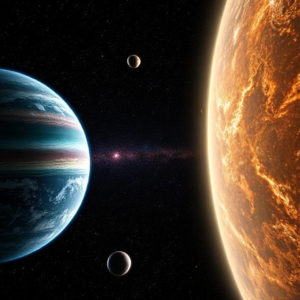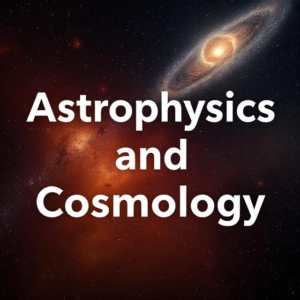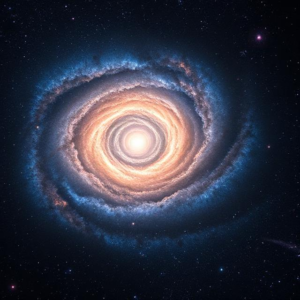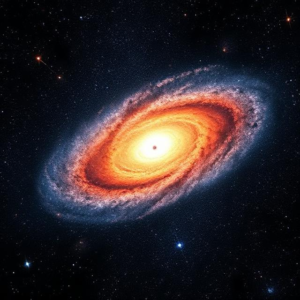Gravitational waves are tiny ripples in space-time, caused by some of the most powerful and energetic events in the universe, such as the collision of black holes or neutron stars. These ripples travel outward from their source, spreading across space at the speed of light.
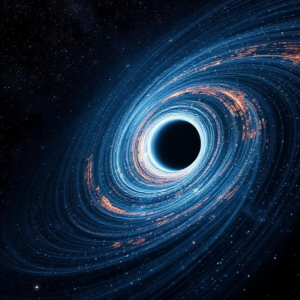
What Are Gravitational Waves?
Imagine space-time (the fabric of the universe) as a large, stretchy trampoline. When something really massive, like a planet or a star, moves or changes, it creates ripples in that fabric. Gravitational waves are like the little waves that spread out when you throw a stone in a pond, but in this case, they ripple through the very fabric of space and time itself.
How Do We Detect Gravitational Waves?
Gravitational waves are incredibly hard to detect because they cause only minuscule changes to the space around them. For instance, if a gravitational wave passes through Earth, it might stretch or squeeze the distance between two points by an incredibly small amount—much smaller than an atom’s width!
To detect these tiny changes, scientists use highly sensitive instruments called interferometers. The most famous ones are LIGO (Laser Interferometer Gravitational-Wave Observatory) and Virgo, which are located in the U.S. and Europe.
Here’s how they work:
- Laser Beam Splitter: In LIGO, a powerful laser beam is split into two separate beams that travel down long, perpendicular tunnels. Each beam travels to a mirror at the end of its tunnel.
- Mirrors: The beams reflect back off the mirrors to a detector. The idea is that, under normal conditions, both beams travel exactly the same distance and meet back at the detector at the same time.
- The Interference Pattern: If a gravitational wave passes by, it distorts space-time and changes the distance the light travels, ever so slightly. This causes the two laser beams to arrive at the detector out of sync with each other, creating a shift in the interference pattern.
- Measuring the Change: This tiny shift is detected and measured by the interferometer, and scientists can then analyze it to learn about the source of the gravitational waves.
Why Is Gravitational Wave Detection Important?
- New Window to the Universe: Gravitational waves offer a completely new way to observe the universe. While we use light (like optical telescopes) to study stars, galaxies, and other cosmic objects, gravitational waves give us information that light cannot. For example, we can study black holes and neutron stars, which don’t emit much light but can send out powerful gravitational waves.
- Testing Einstein’s Theory: Albert Einstein predicted gravitational waves in 1915 as part of his General Theory of Relativity. The first direct detection of gravitational waves in 2015 confirmed his predictions. Since then, we’ve been able to test and refine our understanding of how gravity works.
- Exploring Extreme Events: Gravitational waves allow us to study extremely energetic events, such as the merging of black holes or neutron stars. These events release huge amounts of energy that are not easily detectable by traditional means.
Major Discoveries:
- First Detection (2015): LIGO detected gravitational waves from the collision of two black holes over a billion light-years away. This event won the 2017 Nobel Prize in Physics.
- Neutron Star Mergers: In 2017, gravitational waves from the merger of two neutron stars were detected, providing a wealth of information about how heavy elements like gold and platinum are formed.
Challenges in Detection:
Gravitational waves are incredibly weak by the time they reach Earth. To detect them, the interferometers must be incredibly sensitive, measuring changes smaller than the diameter of a proton (about 10,000 times smaller than a single atom!). This requires very precise equipment and advanced technology.
In conclusion, gravitational wave detection opens a new frontier in our understanding of the universe, offering us a chance to “hear” the vibrations caused by some of the most dramatic events in the cosmos.

